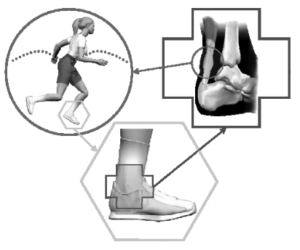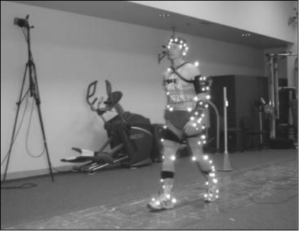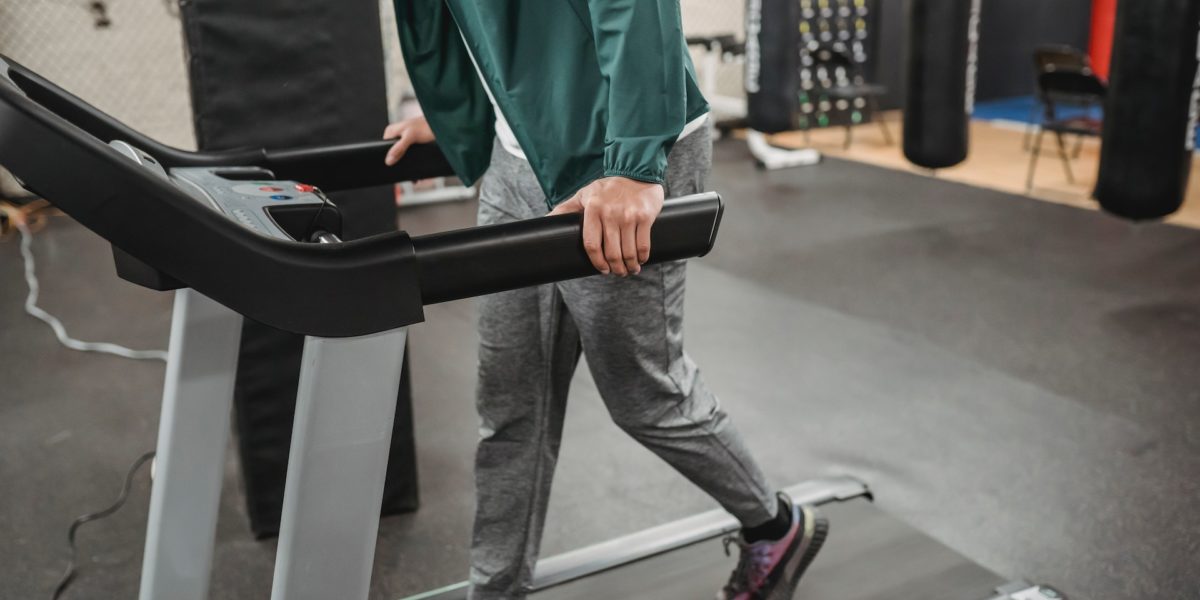In the rapidly evolving modern world, technological advancements are allowing for more effective research and treatment of diseases, disorders, and injuries sustained by humans. One of the foremost areas of current research in the biomechanics field is that of its role in treatment and rehabilitation of neurological disorders such as amyotrophic lateral sclerosis (ALS) and multiple sclerosis (MS). According to the United Nations, as many as 1 billion people in the world live with neurological disorders. This post will focus mainly on how biomechanics can aid in the treatment and rehabilitation of ALS and MS.
ALS is a fatal disease that causes degeneration of motor neurons leading to muscle atrophy and loss of motor skills. MS is a nonfatal disease in which the body’s immune system attacks its central nervous system which can cause pain in movement and loss of motor function. ALS and MS have no known cures; therefore, it is necessary that steps be taken in order to counteract the disabling symptoms of the diseases. For ALS, rehabilitation can help to sustain motor function thus leading to an enhanced quality of life and perhaps a longer life expectancy. For MS, rehabilitation can potentially allow for patients to regain motor function in areas where it may have been lost.

Biomechanical research has led to breakthroughs in terms of understanding the root cause and resulting difficulties of movement caused by diseases such as MS and ALS. Many people living with MS and ALS face challenges walking due to muscle weakness and the inability to balance. Thanks to clinical gait studies, the abnormalities of the stride of people with MS and ALS can be thoroughly analyzed by comparison to the average stride of a human. The root of these abnormalities can be discovered and addressed through rehabilitation exercises or biomechanical technology such as braces or implants that deliver medicine to muscles.

An article by Kornelia Kulig and Judith Marie Burnfield explains how clinical gait studies are performed using footswitches, passive reflective markers, force plates, and electrodes to record data on stride characteristics, full body kinematics, ground reaction forces, and muscle activity. Footswitches enable initial detection of irregularities. The kinematic data recorded by the passive reflective markers can then trace the irregularity to the source of the issue. Ground reaction forces signify stress levels placed on various joints. Electrodes assist in distinguishing between movements that are a direct result of disability versus movements that are performed in order to make up for the lack of muscle function.
Clinical gait studies are just one example of how biomechanics research can improve rehabilitation techniques for those with neurological disorders. Any basic muscular function lost to a neurological disorder (such as hand/grip function) is theoretically able to be treated through proper biomechanical research and rehabilitation. It is a truly exciting prospect that diseases that were once permanently disabling are now becoming more and more treatable with the goal of a permanent cure in mind.
For additional information on the topic of neurological rehabilitation, visit this Wikipedia article.
Featured image by Julia Larson on Pexels
